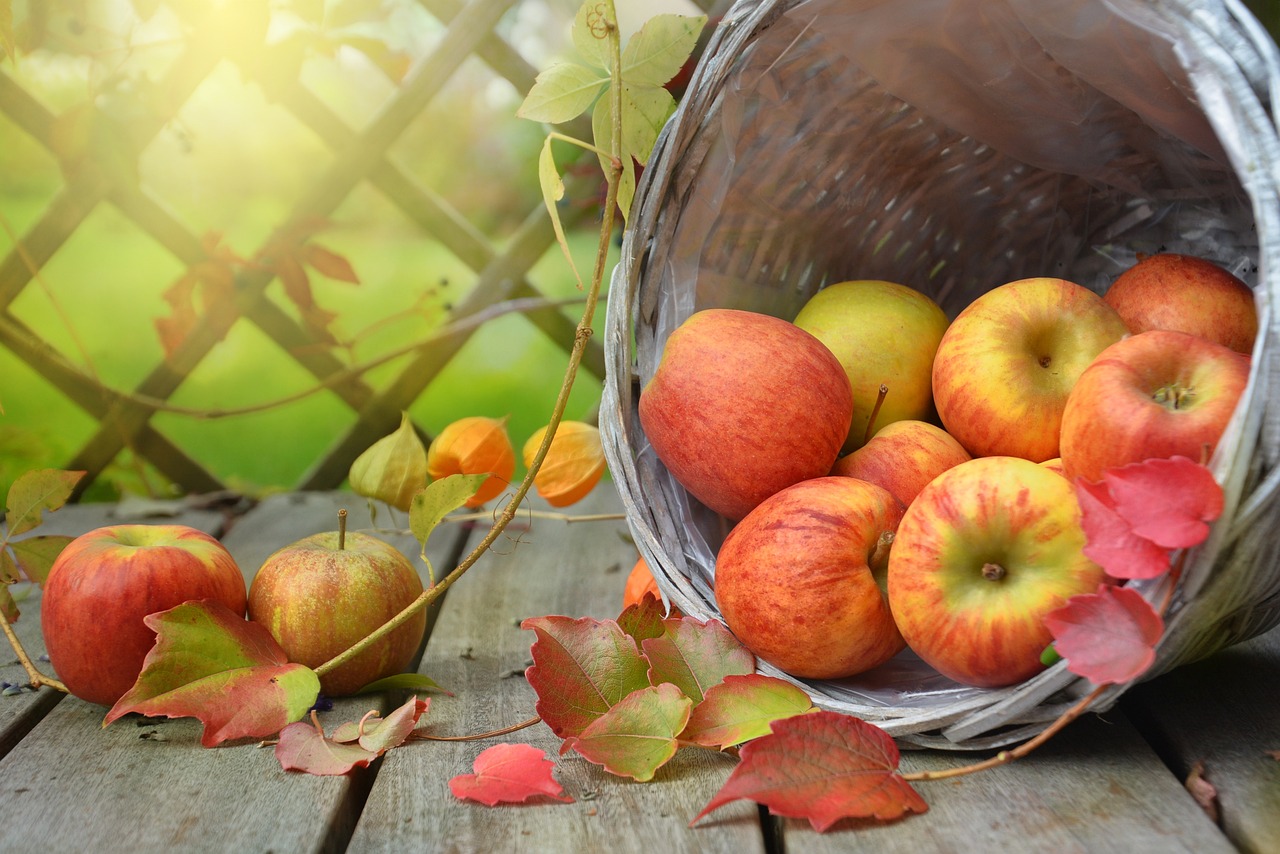
Vocabulary:
- stakes /steyk/
- emission /ih-MISH-uhn/
- outweigh /out-WEY/
- commonly /KOM-uhn-lee/
- sustainable /suh-STEY-nuh-buhl/
[noun] – a sum of money or something else of value gambled on the outcome of a risky game or venture
The city continues to wager large stakes on airline stock.
[noun] – an amount of gas, heat, light, etc. that is sent out
The emission of greenhouse gases from industrial processes has been linked to climate change.
[verb] – to be greater or more important than something else
The potential benefits of the new policy far outweigh the potential drawbacks.
[adverb] – often or usually
Commonly, the term “artificial intelligence” is used to describe computer systems that can perform tasks that would typically require human intelligence.
[adjective] – able to continue over a period of time
A sustainable development approach aims to meet the needs of the present without compromising the ability of future generations to meet their own needs.
Article reading:
One of the most significant tools producers currently use to reduce food waste is plastic and chemicals. A Swiss study showed that the climate benefits of wrapping cucumbers in plastic outweighed the negative impacts of the packaging. Chemicals such as chlorine, hydrogen peroxide, and trisodium phosphate are also commonly used to kill microorganisms on fresh produce to prevent spoilage. However, customers are increasingly turning away from these methods due to concerns about the environmental impact of plastics and the potential health risks associated with chemical treatments.
The solution to this problem may lie in new technologies that are being developed to preserve fruits and vegetables without the use of plastics and chemicals. Researchers are exploring various methods, such as high-tech coatings, to extend the shelf life of fresh produce. Additionally, efforts are being made to improve the state of roads to reduce the amount of produce that is damaged during transport. While many of these technologies are still in the research stage, others are starting to appear on supermarket shelves, offering a more sustainable solution to the problem of food waste.
Discussion Questions:
- What are some of the methods that have been used throughout history to preserve food in Japan? How have these methods evolved over time?
- How do you try to reduce food waste in your household?
- Would the state of the roads improve the amount of produce that is damaged during transport? How might this be a solution to the problem of food waste?
- Do you agree that food waste contributes to greenhouse gas emissions?
- Are there any other ways to reduce food waste apart from technology and infrastructure? How can we make sure that more of the fruits and vegetables we produce reach our plates?
Summarization
Describe:
- Greek
- century
- producer
- spoilage
- chemical